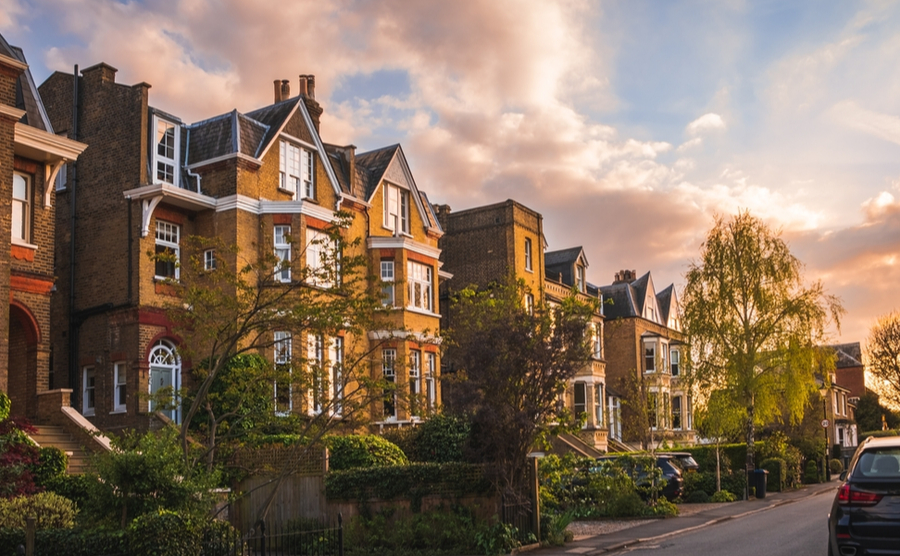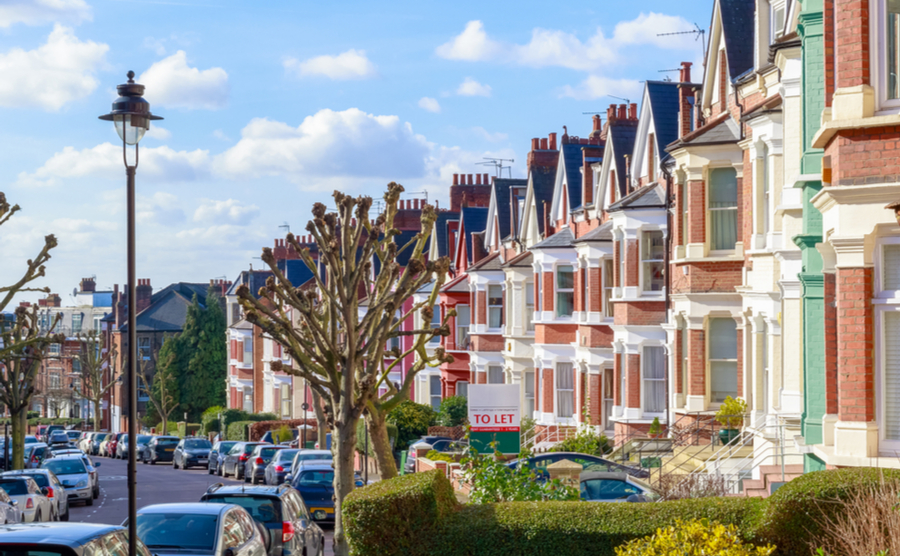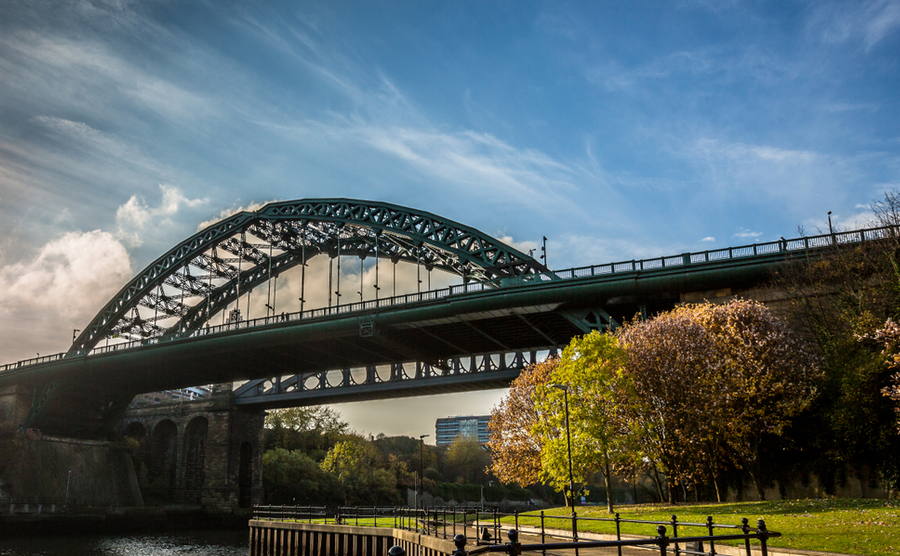Uncertainty and tough conditions in the UK spooked homebuyers in 2023. If you’ve been waiting on the sidelines to make a purchase – whether lifestyle or investment – you’ll welcome early signs of market stabilisation in 2024. To keep you updated, we’ve rounded up recent nuggets from across the industry.
Rightmove points to positive momentum
More buyers, more sales and prices beginning to rise again are the key takeaways from the latest report from a leading property portal. Rightmove’s February House Price Index shows that agreed sales in the first six weeks of 2024 were 16% higher compared to the same period last year, and 3% higher than in the more normal market of 2019.
Equally encouraging, average asking prices rose in February for the first time in six months, namely by 0.1% annually and 0.9% compared to the previous month. The average price of a new listing now stands at £362,839. Rightmove also reported a 7% hike in both new listings and buyer enquiries compared to a year ago.
While all of the above points to confidence returning to the market, Rightmove warned it’s a time for cautious optimism. They added that the market remains price-sensitive and sellers who get over-optimistic with their pricing will miss out.
Kate Eales, deputy head of residential at agency Strutt & Parker, told Rightmove:
“The start of this year has seen renewed optimism and positive sentiment in the wake of a further pause in interest rates and January inflation held at four per cent. Optimism breeds confidence, and confidence is translating into more sellers and buyers coming into the market. Activity is trending upwards compared to this time last year, which is encouraging, but the market remains price-sensitive. Motivated sellers need to be realistic with listing prices and take advice on how to effectively position their sale in the current market. Buyer’s budgets are still being largely constrained by expensive mortgage products, so it’s a careful balance.”
Terraces and semis most resilient!
Looking for a UK property with more resilience to price movement? According to Zoopla, semi-detached and terraced homes held their value better than any other type UK property during 2023. Data from the property portal showed that between December 2022 and December 2023 values for 61% of the semi-detached market and 60% of the terraced market rose. This trend is expected to continue in 2024. “Homes seen as good value for money continued to attract buyer interest, leading to stronger price performance,” confirmed Zoopla’s Senior Property Researcher, Izabella Lubowiecka.
Value drops were more common for detached houses and bungalows, which are less common and often priced at a premium, with 48% of these two property types losing value last year. Flats were worst performing in 2023, with Zoopla’s data showing that exactly half of UK flats lost value. Larger flats fared better than smaller flats, with 52% of three beds holding or increasing in value, while only 4% of one-bed flats enjoyed a rise.
Downsize to upsize your equity
Surrey is home to two of the three most profitable spots in the country to free up equity when you downsize in the same town, according to the latest report from a national estate agency.
Elmbridge in Surrey topped the 2024 index that measures the difference between the average price of a detached house and semi-detached house in UK boroughs and calculates this as a percentage of equity.
A typical downsizer in this leafy borough, located on the edge of Greater London and home to desirable areas of Esher, Cobham, Walton-on-Thames, Weybridge and Molesey, could expect to move and release equity worth £798,795, which represents 113% of the price of the average semi there.
Nearby Woking, also in Surrey, was in third place (£492,471 – 93%), while Three Rivers in Hertfordshire was second (£565,047 – 96%). The remaining top ten were also in the Home Counties, except Northumberland and Tyne and Wear in 9th and 10th, where the average equity release is £150,825 (82%) and £117,385 (82%) respectively.
The average amount of equity released by a downsizer now stands at £209,215 nationwide, a figure that has increased by £5,467 year-on-year. UK property downsizers aged over 55 are sitting on an estimated £2.9 trillion in property equity.
UK property hotspots: Buy-to-let
Keen to invest in a UK property this year? Do you plan to let it out? In this case, for the highest yields you should consider a city in the north of the country, according to research by Zoopla.
The portal’s ten best UK cities for rental yield Sunderland, with a yield of 8.5% Dundee (8.07%), Burnley (7.96%), Glasgow (7.9%), Middlesbrough (7.85%), Aberdeen (7.45%), Liverpool (7.43%), Blackburn (7.41%), Hull (7.3%), Grimsby (7.07%).
The average gross rental yield in the UK is currently 5.49%(December 2023), said Zoopla. The average buy-to-let property costs £262,288 and the UK’s average rent is £1,201. Cities in the North of England and Scotland are generally better for yields than the South of England and London, where the average is 4.92%. This is because house prices are disproportionately higher than rents in these southern locations.
London’s highest-yielding rental boroughs include Barking and Dagenham, with an average yield of 6.24%, Newham (5.78%) and Bexley (5.62%). In the Southeast, where the average yield is 5.17%, star performers include Southampton (6.42%), Gosport (6.1%) and Portsmouth (6.09%).














